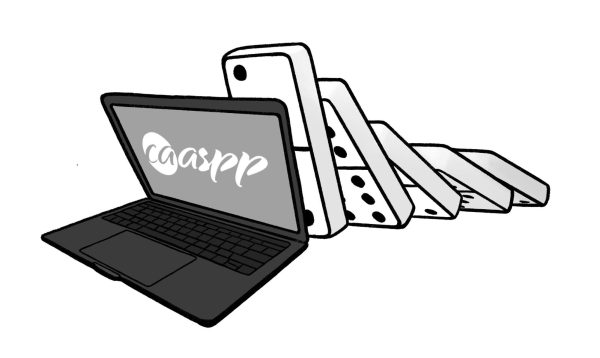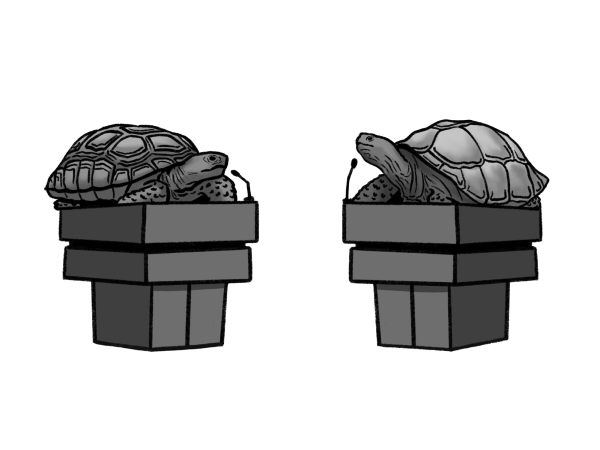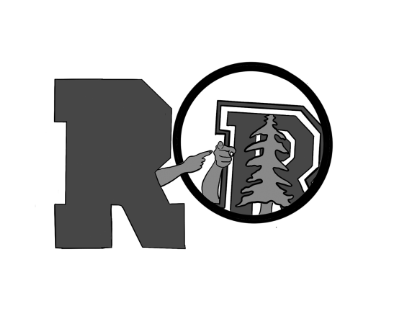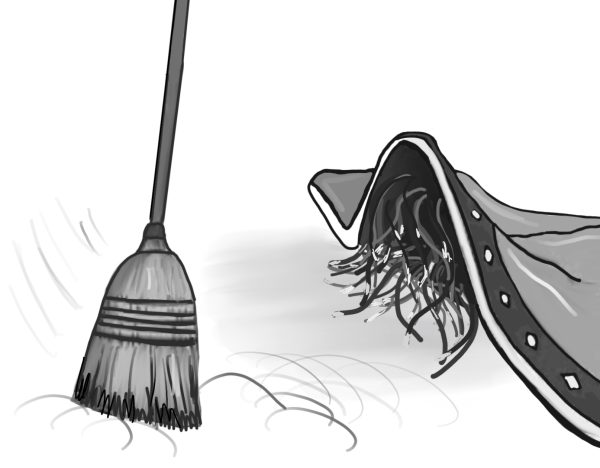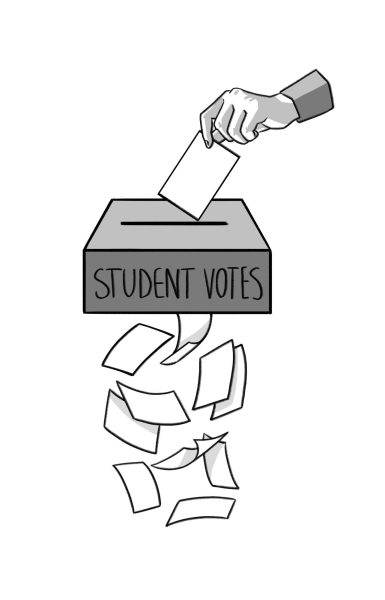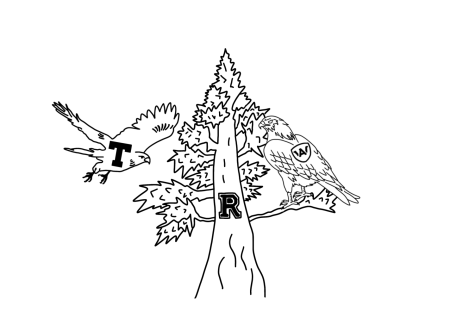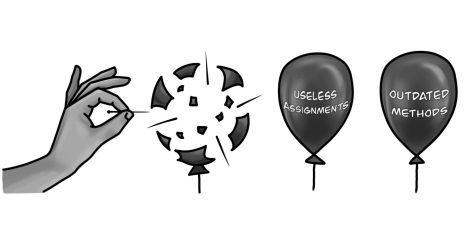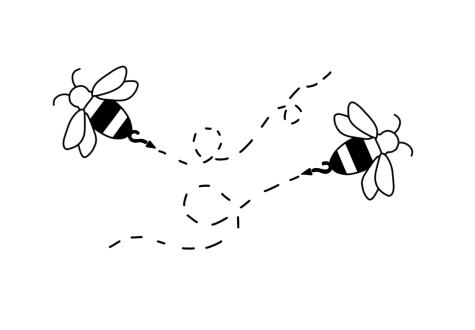Cub Editorial: Hate crimes won’t stop with an ‘End Racism’ poster
June 3, 2021
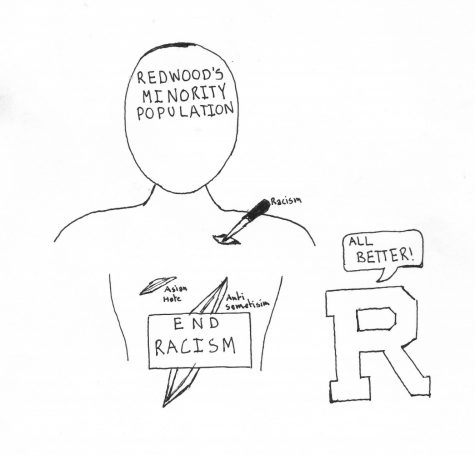
Atlanta, Georgia’s highly publicized, racially motivated spa shootings have shed light onto the Asian American hate crimes spreading across the country. The six women killed in March are just the tip of the iceberg. Vicha Ratanapakdee, Noel Quintana, Noriko Nasu and more are all victims of ongoing Asian hate crimes. One week after the Atlanta shooting, Redwood Principal David Sondheim issued a “Principal’s Update” email, including a section dedicated to the importance of being anti-racist. The paragraph on Asian hate expressed Redwood’s support towards the Asian American Pacific Islander (AAPI) community, and shared what Redwood will do in response.
“As violence against AAPI people has been on the rise, hate and violence against any of us is an offense and a danger to all of us. We will continue to work to raise our racial consciousness and develop staff and student anti-racism knowledge and skills,” the email stated.
To combat this and the continuing racial tension in this country, Redwood held two awareness-based virtual assemblies to fight racism and anti-Semitism. These reactive discussions are necessary, but not enough. There must be a balance between preventative and reactionary measures.
Ever since the beginning of March 2020, when COVID-19 became prevalent and politicians coined the nickname, “Kung flu,” Asian hate crimes increased. Despite this, Redwood has yet to provide adequate education about AAPI hate. A study done by the Center for the Study of Hate and Extremism found that anti-Asian crimes rose by nearly 150 percent in 2020. This same pattern can be found amongst Black Indigenous People of Color (BIPOC) groups and the Jewish community. The Anti-Defamation League states there were 2,107 nationwide hate crimes against the Jewish community in 2019. These anti-Semitic attacks became personal to the Tamalpais Union High School District (TUHSD) community this past September, when Jewish students were attacked through Instagram accounts created by fellow students.
The Racial Justice and Education Research Guide by the National Education Association stated, “Discussions about race [happen] … once blatant racism has occurred, and often not very constructive. Be proactive by creating planned opportunities for students to share stories and life experiences in ways that connect to your curriculum.”
A majority of the Redwood community has never voluntarily attended anti-racist training or learned about the ongoing hate towards minority groups. Redwood hosts educational assemblies and hangs posters with the words, “End Racism,” but has yet to implement actual change.
Rather than hosting assemblies after an injustice has occurred, students should be learning about them regularly. Teachers should incorporate current events and issues into their curriculum. While there are classes and clubs such as Students Organized Against Racism (SOAR) and Students Organized Against Anti-Semitism (SOAAS), not everyone participates. Wesley Griggs, Co-President of SOAR, feels strongly about implementing more education on these incidents.
“I would love to see more discussions of current events related to race or anti-Semitism … and integrating these teachings into the curriculum,” Griggs said.
“There are so many opportunities to integrate teachings of both modern day systemic racism, institutionalized racism, and the history of racism in America,” Griggs said.
Sarah Steele, Co-President of SOAAS, agrees with Grigg’s statement.
“We understand that public schools cannot be political and teachers are not allowed to express their political views. It can just be a conversation about human rights. This should not even be political, but apparently it is. Teachers are major adult figures and role models in children’s lives. If we see teachers modeling that behavior, students will follow,” Steele said.
Steele also emphasizes the power of the Redwood administration. They are the driving force behind change, as they possess the ability to encourage teachers to discuss these issues.
“It is really hard for teachers on their own to go out of their way and say, ‘Okay, we are going to pause the curriculum for the day to talk about this.’ It needs to come from the admin,” Steele said.
While it is understandable that teachers move at a fast pace, it is important that all students and faculty feel safe. This security can only come from community education.
The two reactionary assemblies, though better than nothing, are performative. To attack the root of the problem, conversations about racism, anti-Semitism, and other discriminations need to be integrated into regular class discussions. Although reactionary measures are necessary, as they provide immediate comfort after an incident, preventative measures are most effective. We must have these conversations about race, ethnicity, religion, as well as the systemic structures that allow for hate to happen. However, these conversations must be happening prior to incidents and throughout our education.







